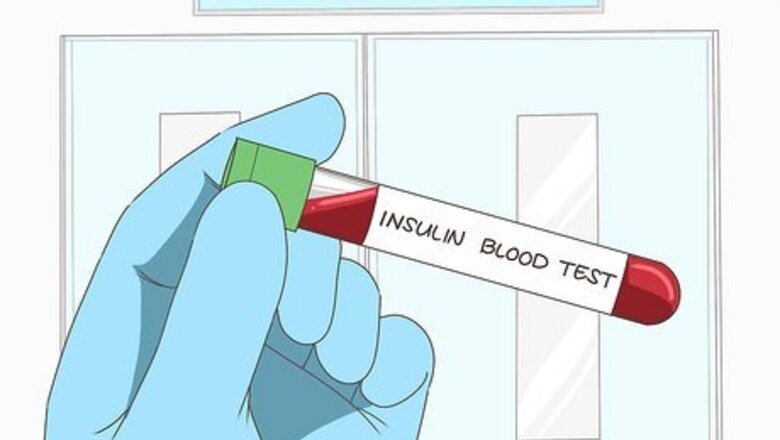
views
X
Trustworthy Source
MedlinePlus
Collection of medical information sourced from the US National Library of Medicine
Go to source
If you’re interested in getting your insulin tested, we’ve got you covered. Keep reading to discover all the answers to your frequently asked, insulin test-related questions.
Can you test your insulin levels at home?
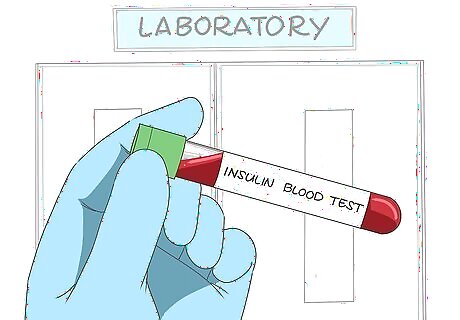
No, you can’t. Unfortunately, insulin tests are a lot more complicated than blood sugar tests, and can only be processed by trained technicians using specialty lab equipment. Because of this, you can only get your test results from a laboratory.
Are insulin and blood sugar tests the same?
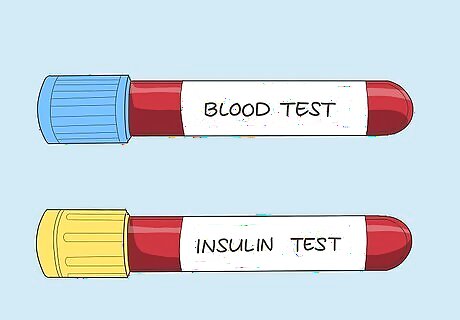
No, they aren’t the same. A blood sugar test uses an at-home blood sugar meter or continuous glucose monitor (CGM) to analyze your blood sugar levels. An insulin test is a medical test that measures how much insulin is in your blood. Insulin tests can also figure out the cause of low blood sugar levels, or hypoglycemia. Insulin resistance is a condition where your cells don’t use insulin well and can’t process glucose as easily. Because of this, your pancreas ends up producing even more insulin.
When should I get my insulin tested?

Get your insulin tested if you have symptoms of low blood sugar. If you’re experiencing dizziness, blurry vision, huge hunger pangs, confusion, irregular heartbeat, sweating, or trembling, you might have hypoglycemia, or low blood sugar. An insulin test can provide a more concrete diagnosis.
Your doctor might advise getting tested if you’re diabetic. An insulin test helps your doctor keep an eye on your insulin production. Your doctor might also recommend a test if they believe that you have insulin resistance, even if you aren’t diabetic.
How often do I need this test?

Only get this test if your doctor orders it. Both diabetic and non-diabetic people are eligible for insulin tests, but for different reasons. For non-diabetics, this test can check for insulin resistance, and pinpoint the cause of your low blood sugar. For diabetic individuals, insulin tests can help doctors keep tabs on your condition.
How do you measure your insulin levels?
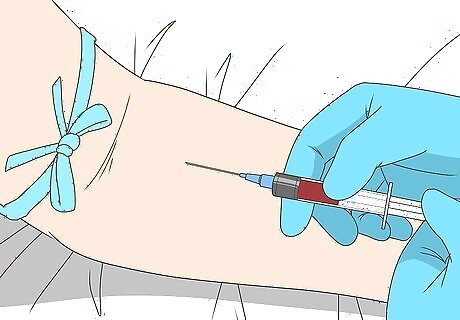
You don’t measure them, but a doctor will order the test if they think it’s needed. Once your doctor schedules the test, schedule an appointment at a laboratory. During your appointment, technicians will collect a blood sample from your arm. Once the blood sample is tested, the lab will let you know if your insulin levels were especially low or high. Ask the lab when they expect your results to be ready.
How do I prepare before an insulin test?
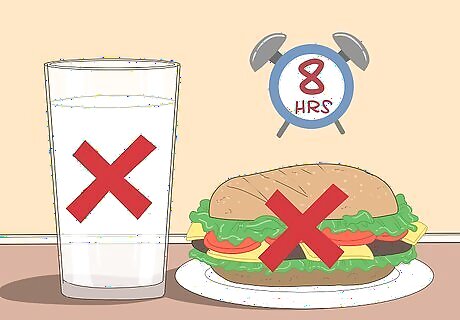
Don’t eat or drink for 8 hours before your test. Double-check with your doctor to confirm, so your insulin test can go without a hitch.
What do my test results look like?

Your test results will come back as normal, high, or low. If your test results are “high,” you might have high blood sugar (hypoglycemia), insulin resistance, type 2 diabetes, an adrenal gland disorder, or a pancreatic tumor (insulinoma). If your results are “low,” you could have type 1 diabetes, low blood sugar (hyperglycemia), or an inflamed pancreas (pancreatitis). Talk to your doctor to see what they think about your results.




















Comments
0 comment